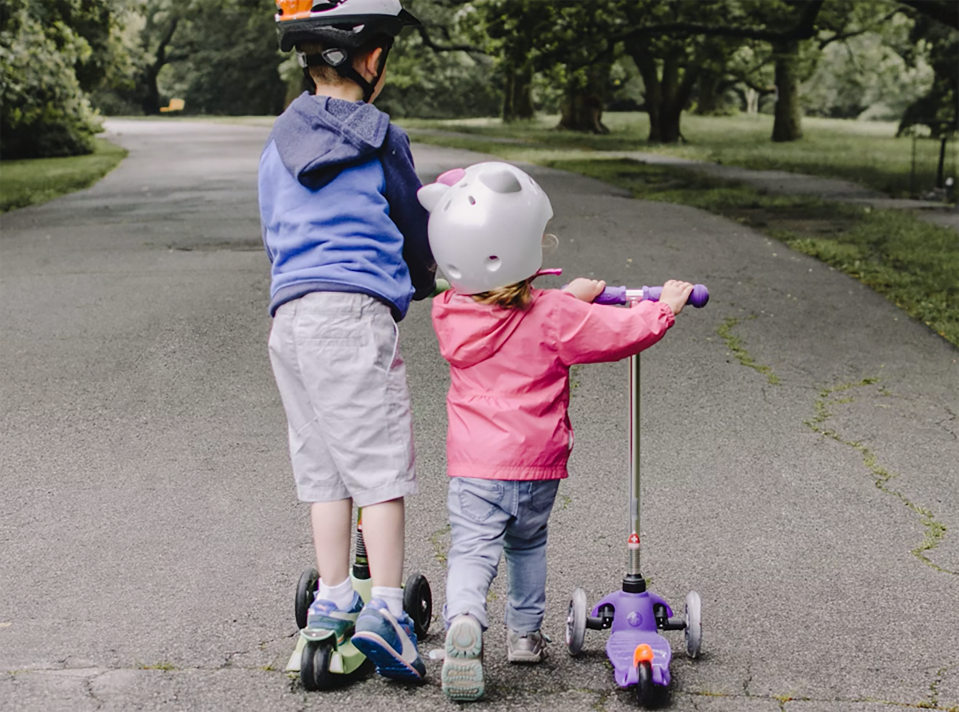When Do Kids Stop Scooting in Their Sleep?
Scooting in sleep is a common behavior observed in young children, causing many parents to question when this might come to an end. In essence, scooting refers to the movement that occurs when a child shifts their body along the bed, often using their bottom or legs. This behavior can manifest as sliding, rolling, or even crawling while they are asleep. Though it may be amusing for parents to witness their little ones wriggling around, it also raises concerns about sleep quality, comfort, and development.
Understanding Scooting
For many children, scooting is a natural behavior that often begins around the age of six months when they start to explore their bodies and develop motor skills. It is during this period that they begin to gain more control over their movements, which includes rolling over and moving around in their sleep. As children grow and their brain develops, they typically become more cognizant of their sleeping positions and can adjust themselves accordingly.
Most children will continue to scoot or shift positions in their sleep until they reach a certain level of physical and cognitive maturity. Typically, this behavior starts to decrease significantly around the ages of three to four years. By this age, children are generally more skilled in controlling their bodies and may find more comfortable sleeping positions, reducing the need to scoot.
Factors Influencing Scooting
Several factors can influence how long a child continues to scoot in their sleep. One crucial aspect is the child’s developmental stage. As mentioned, physical milestones can play a significant role in how children move during sleep. For instance, as toddlers master skills like walking and running, their muscle coordination and control improve, allowing them to find stable sleeping positions without excessive movement.
when do kids stop scooting in their sleep

Another factor can be the sleeping environment. A child's bed or crib size, the type of mattress, and even the presence of bedding can affect their movement. If a child feels confined, they may scoot more to find comfort or a preferred position. Additionally, the room temperature can also play a role; if it is too hot or cold, a child may shift around more to seek a comfortable climate.
Dealing with Scooting
While scooting is typically a harmless behavior, it can sometimes disrupt sleep, both for the child and the parents. To mitigate any potential interruptions, parents can consider adjusting the sleep environment. Using a larger bed or providing ample bedding can help children feel secure and less inclined to scoot.
Parents should also maintain a consistent bedtime routine. Calming activities before sleep, such as reading or gentle massage, can help children settle down and feel comfortable in their sleeping space. Establishing a supportive sleep environment may lead to fewer sleep disturbances and potentially reduce scooting behavior.
Conclusion
In summary, scooting in sleep is a normal part of childhood development, often peaking in infancy and declining around the age of three to four years. While it can be an adorable sight for parents, being aware of its causes and effects allows for a better understanding of their child's sleep patterns. By creating an optimal sleep environment and nurturing their child's growth, parents can support their little ones as they naturally transition out of this phase. Ultimately, it is a reminder of the wonders of childhood development and the joys that come with watching children grow.
-

 Scoot&RideKids Child Kick Push Scooter 3 Wheels with LED Flashing Tilt Lean Boys Girls Scooter
Scoot&RideKids Child Kick Push Scooter 3 Wheels with LED Flashing Tilt Lean Boys Girls Scooter




- 4
$33.17 -

 Scoot&RideKids Scooter Child Kick Flashing LED Light Up 3 Wheel Push Adjustable Folding 3
Scoot&RideKids Scooter Child Kick Flashing LED Light Up 3 Wheel Push Adjustable Folding 3- 0
$25.52 -

 Scoot&RideKids Scooter Child Kick Flashing LED Light Up 3 Wheel Push Adjustable Folding 2
Scoot&RideKids Scooter Child Kick Flashing LED Light Up 3 Wheel Push Adjustable Folding 2- 0
$33.17 -

 Scoot&RideKids Scooter Teens Foldable Kick Push Scooter Adjustable Height Safe 2 Wheels
Scoot&RideKids Scooter Teens Foldable Kick Push Scooter Adjustable Height Safe 2 Wheels




- 4
$49.99
Meet our partners and discover what powers their creativity!
When you register for a Lohas scooter, you will receive a 10% discount on your first order and can be notified of sales, new product launches and other offers in advance.









